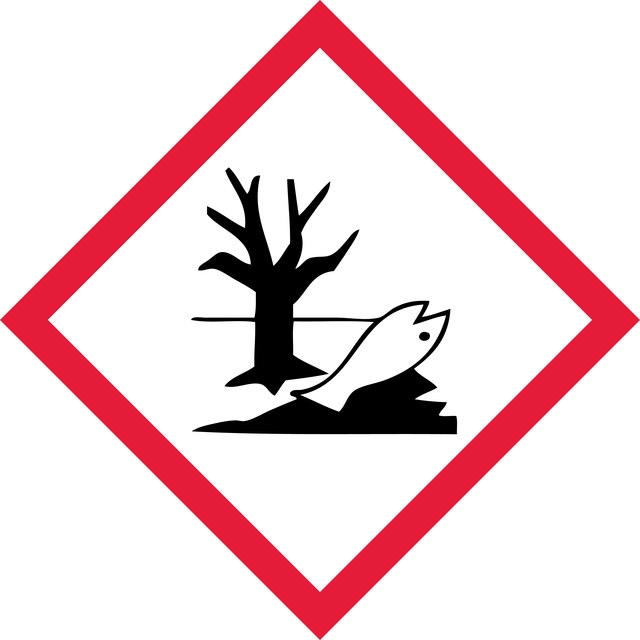正在寻找类似产品? 访问 产品对比指南
应用
Copper(II) oxide can be used as a catalyst for the:
- Hydroamination of di(cyclo)alkylcarbodiimides.
- Wet oxidation of disodium malonate to sodium oxalate.
警示用语:
Warning
危险声明
预防措施声明
危险分类
Aquatic Acute 1 - Aquatic Chronic 1
储存分类代码
13 - Non Combustible Solids
WGK
WGK 3
闪点(°F)
Not applicable
闪点(°C)
Not applicable
Nanoparticulate copper (II) oxide catalyzed synthesis of guanidine derivatives and their conversion into functionalized iminoguanidines
Yavari I, et al.
Synlett, 26, 1230-1232 (2015)
Selective organic removal from the alumina industrial liquor: wet oxidation and catalytic wet oxidation of disodium malonate
Eyer S, et al.
Industrial & Engineering Chemistry Research, 41, 1166-1170 (2001)
Bettina Maria Strauch et al.
Nanomaterials (Basel, Switzerland), 10(4) (2020-04-09)
The toxicity of the copper oxide nanoparticles (CuO NP) has been attributed to the so-called "Trojan horse"-type mechanism, relying on the particle uptake and extensive intracellular release of copper ions, due to acidic pH in the lysosomes. Nevertheless, a clear
Chethana Gadiyar et al.
Chemical science, 9(25), 5658-5665 (2018-08-01)
Nanocrystal-seeded synthesis relies on the reaction of nanocrystal seeds with a molecular precursor and it can be regarded as the link between sol-gel and solid-state chemistries. This synthesis approach aims at accessing compositionally complex materials, yet to date its full
A refinement of the crystal structure of copper (II) oxide with a discussion of some exceptional esd's.
?sbrink S and Norrby LJ.
Acta Crystallographica Section B, Structural Science, 26(1), 8-15 (1970)
我们的科学家团队拥有各种研究领域经验,包括生命科学、材料科学、化学合成、色谱、分析及许多其他领域.
联系客户支持